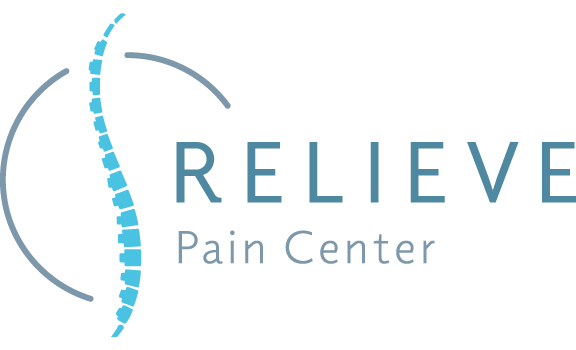Joint Injections
Joint Injections (knee, hip, shoulder) – Either an acute injury or long-term wear and tear such as arthritis can result in pain and inflammation in the joint. When joint pain does not resolve with conservative management such as rest, ice, bracing, physical therapy, and anti-inflammatory medication, it is time to consider a joint injection.
Corticosteroid and Local Anesthetic injections – During this procedure, a combination of a corticosteroid and local anesthetic medications are injected directly into the joint. The local anesthetic numbs the joint for immediate pain relief while the corticosteroid decreases inflammation to provide longer-term relief. If the pain goes away with the numbing medication, the local anesthetic injection is useful as a diagnostic tool to help confirm the pain source. The corticosteroid component of the injection is therapeutic as it helps to reduce inflammation and can lead to longer-term pain relief. The steroid can take several days to several weeks to start working and typically lasts three months. Depending on the joint, a fluoroscope (X-Ray) or ultrasound will be used to help perform the procedure, properly target the joint, and confirm accurate medication delivery.
Hyaluronic Acid Injections (viscosupplementation) – Hyaluronic acid injections are FDA approved to treat knee osteoarthritis. These injections help replace the synovial fluid in the knee to lubricate the joint and act as a shock absorber. Hyaluronic acid is naturally present in the joint synovial fluid to increase the fluid viscosity. It also has antioxidant properties. Depending on the specific brand of hyaluronic acid used, the injections may be performed a week apart for a series of three injections. The Hyaluronic Acid Injections can be repeated every six months if successful.
Platelet Rich Plasma Injections (PRP) – Platelet rich plasma uses platelets and growth factors centrifuged from your own blood to promote healing. During the PRP procedure, a solution containing a much higher concentration of platelets and growth factors is injected into an injured area to promote healing. The first phase of tissue regeneration is inflammation, so the pain may actually worsen before it gets better.


